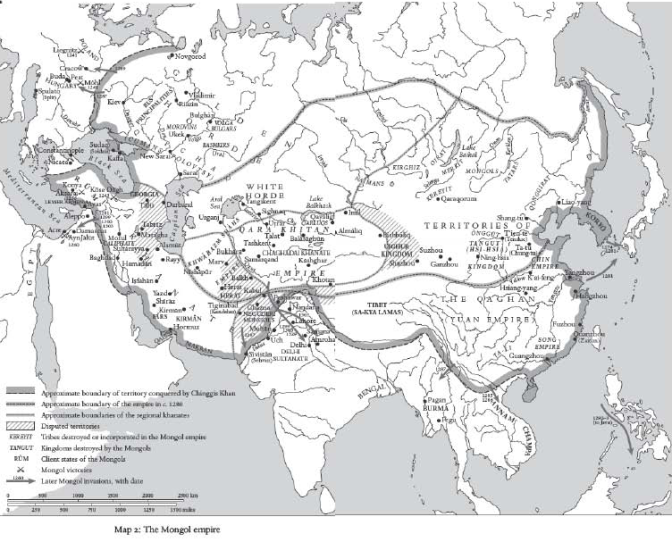In this course we shall use a brief study by John Wills, The World from 1450-1700 (Oxford, Our author John Wills attempts to continue this inquiry by de-centering the focus on Europe. His approach compares various regional encounters with the new world economy that was emerging. In separate chapters he discusses the experience of the Ottoman empire which arose as one of the largest and most powerful of empires during this period. Wills compares the Ottoman position with that of two other Muslim empires that emerged, the Safavi in Iran and the Mughal in India, with their relative position and state monopolization of key commodities, cotton in the Ottoman empire, silk in Iran, and jute in India.
The European discoveries of the New World led to dynamic and tragic transformations in what was labeled by Alfred Crosby, as the Columbian Exchange. The initial conquest of the Caribbean, Central America and parts of South America afforded the Spanish immense revenues in gold and especially silver bullion. It came at the price of extermination of the indigenous population through smallpox and other diseases brought by the European settlers. Crops and livestock were exchanged and new tropical plants were introduced into Europe for the first time, including corn, and the tomato and potato.

No comments:
Post a Comment